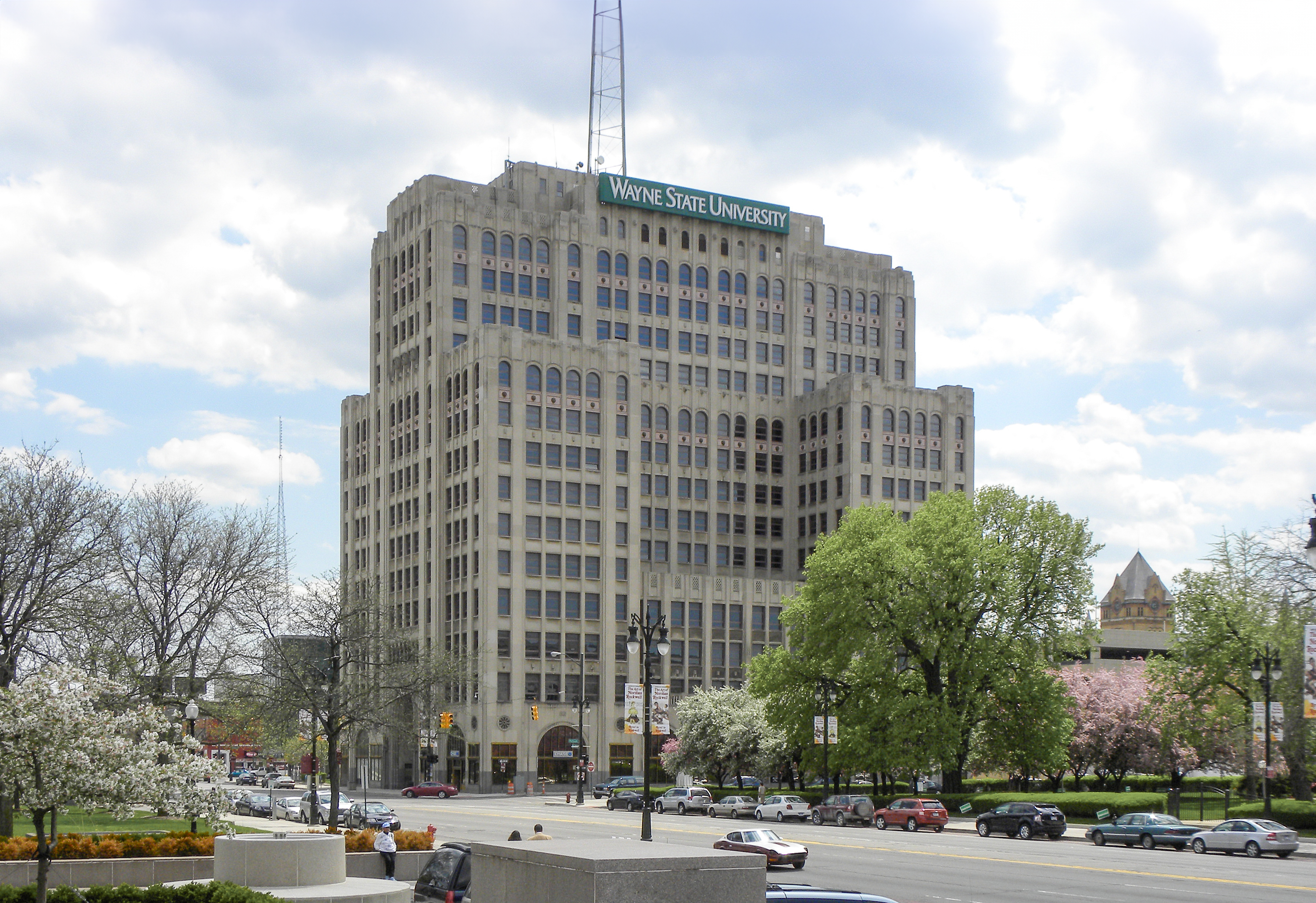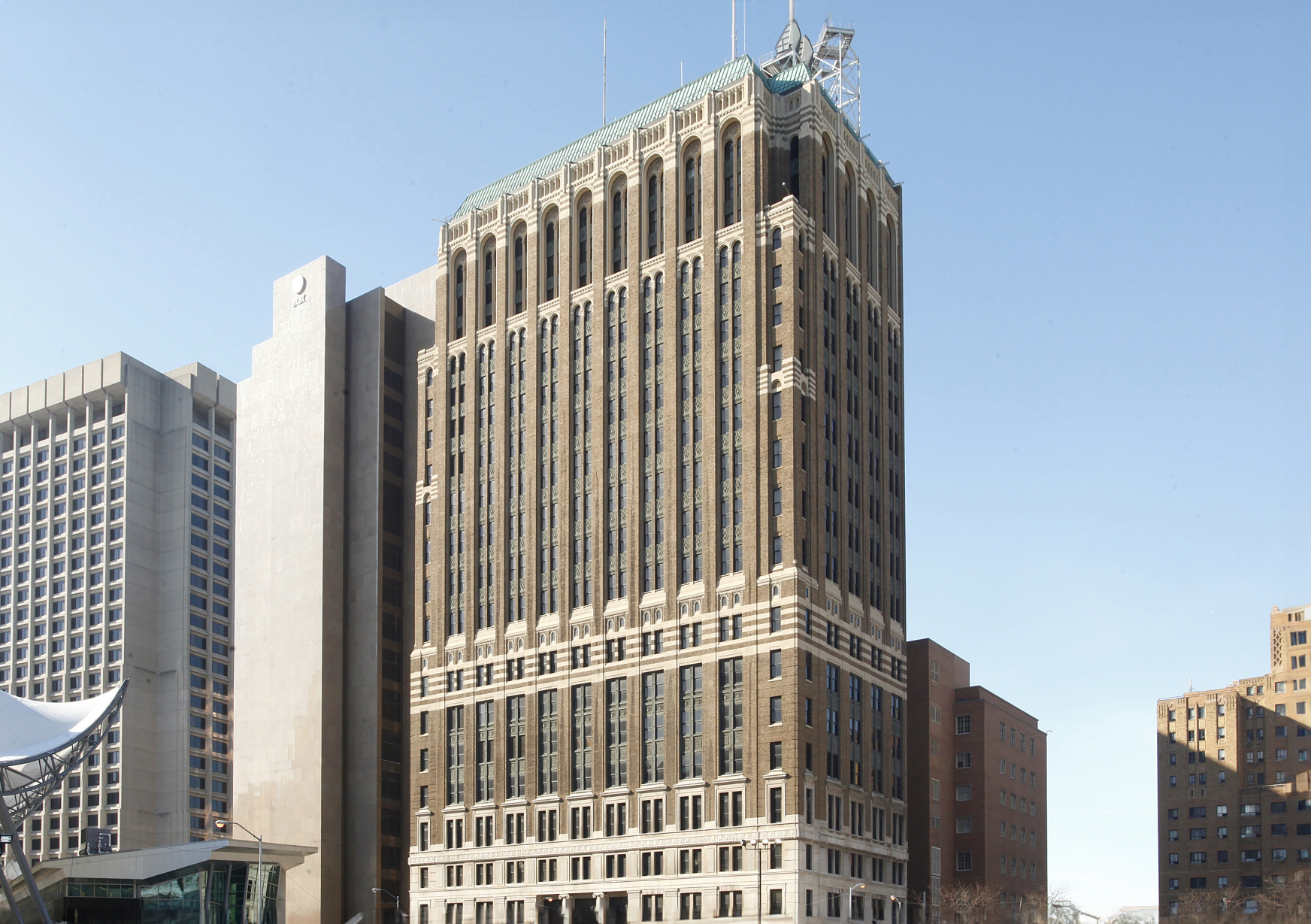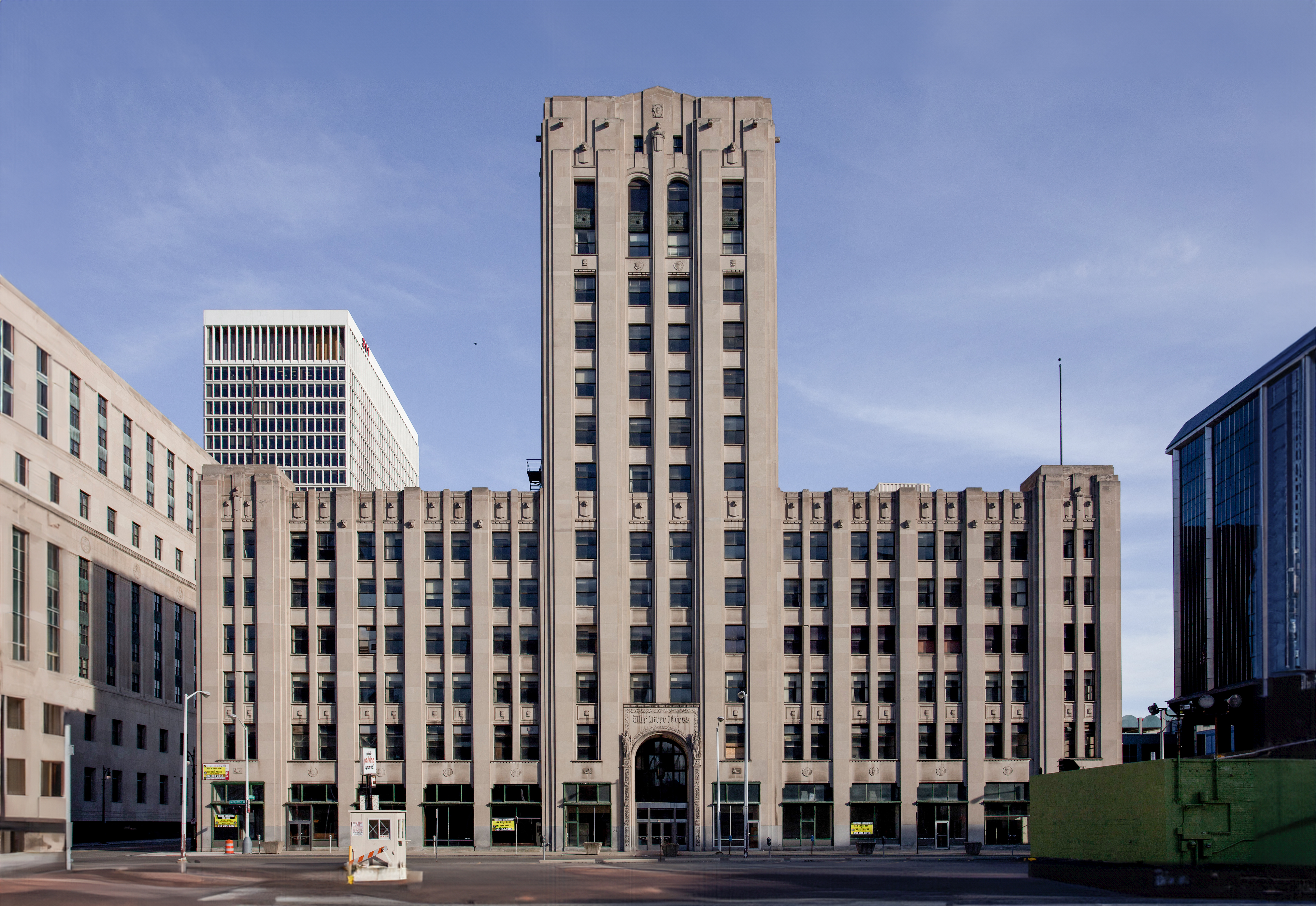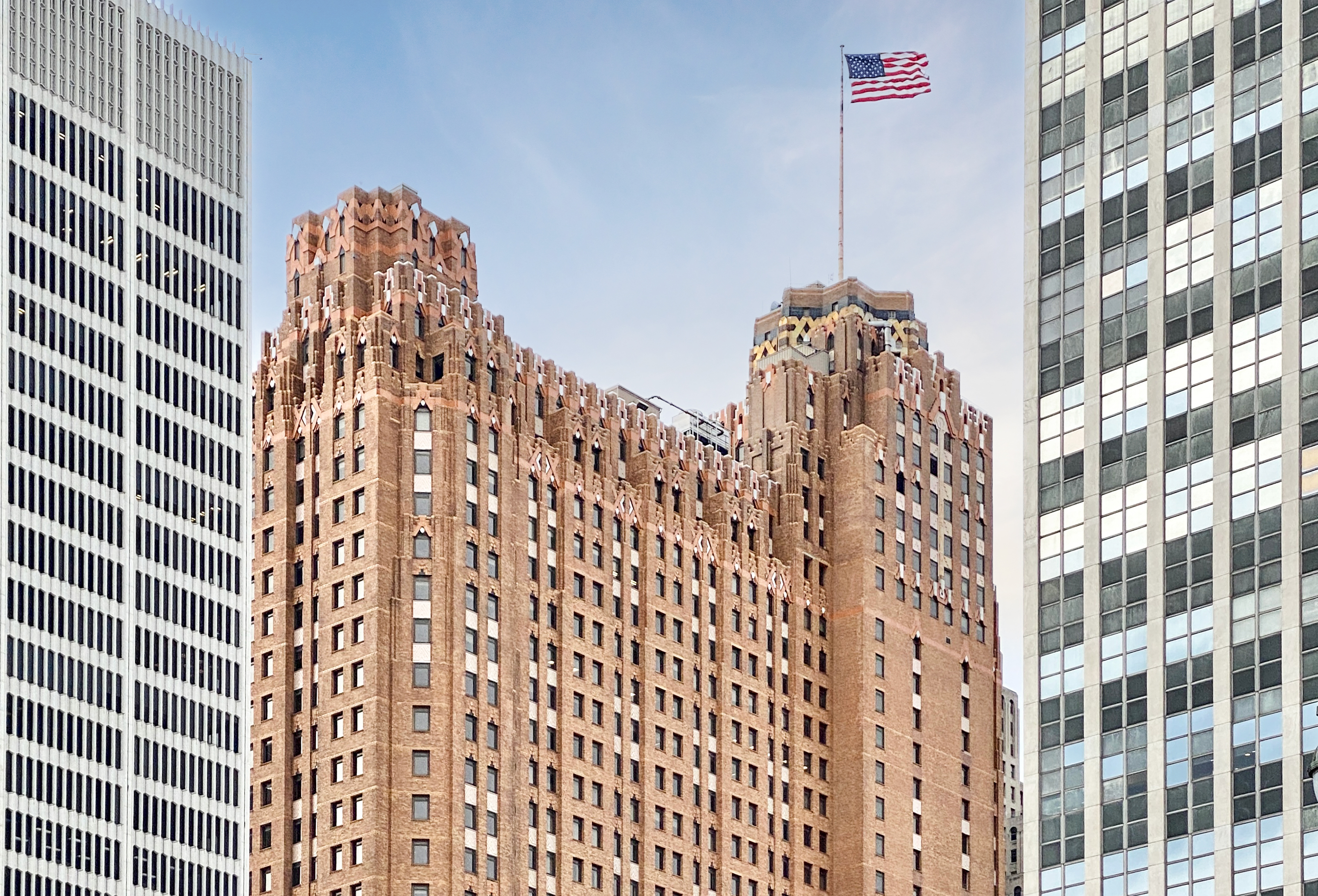The Maccabees Building is an Art-deco skyscraper designed by Albert Kahn, and built between 1926 and 1927 in Detroit, MI.
Maccabees Building is not the only name you might know this building by though. The building is, or has also been known as Wyne Tower.
Its precise street address is 5057 Woodward Avenue, Detroit, MI. You can also find it on the map here.
The Maccabees Building is a structure of significant importance both for the city of Detroit and the United States as a nation. The building embodies the distinctive characteristic features of the time in which it was built and the Art Deco style. Because of that, the Maccabees Building was officially included in the National Register of Historic Places on July 7th 1983.
The building underwent a major restoration between 2004 and 2005.






